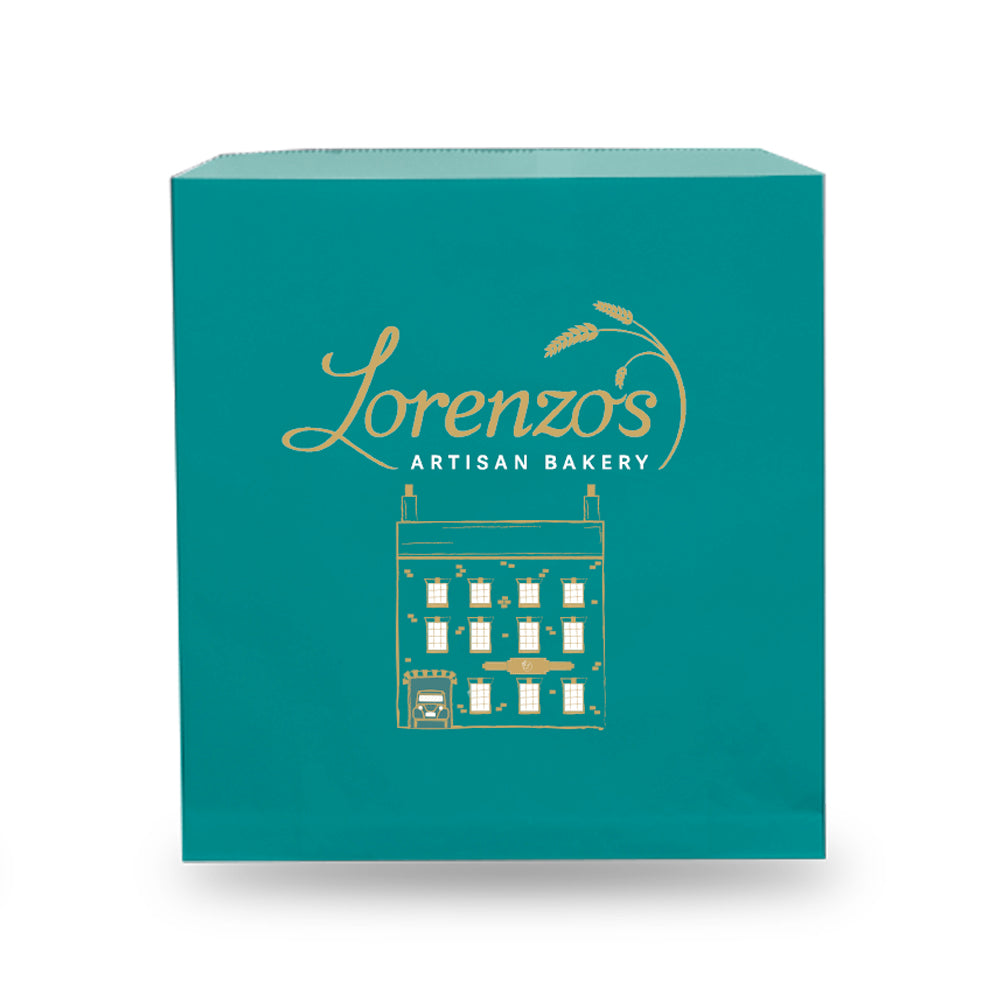The Role of Plastic Food Packaging Benefits and Concerns
In today's modern world, food packaging plays a crucial role in preserving the freshness, quality, and safety of the products we consume. Among various materials used for packaging, plastic has become the predominant choice for many food items due to its versatility, cost-effectiveness, and convenience. However, while plastic food packaging offers numerous advantages, it also raises significant environmental concerns that must be addressed.
One of the primary benefits of plastic food packaging is its ability to extend the shelf life of food products. Plastic materials provide a barrier against moisture, air, and light, which are all factors that contribute to spoilage. For example, vacuum-sealed plastic packaging helps inhibit the growth of bacteria and mold, allowing consumers to enjoy fresh produce for longer periods. This attribute can significantly reduce food waste, a major issue in many households and communities worldwide.
Additionally, plastic packaging is lightweight, making it an efficient option for shipping and transportation. Reducing the weight of packaging means that companies can save on shipping costs and fuel consumption, which adds to the overall sustainability of the food supply chain. This aspect is particularly important in an era where consumers are increasingly conscious of their carbon footprint.
Moreover, plastic packaging is highly customizable, allowing producers to create eye-catching designs that attract consumers. With innovations in printing and labeling technologies, plastic packaging can communicate essential information about the product, including nutritional values, ingredient lists, and expiration dates. This transparency helps consumers make informed choices about the food they purchase, ultimately promoting healthier eating habits.
plastic food packaging

However, the widespread use of plastic in food packaging has not come without drawbacks. One of the most pressing concerns is the environmental impact of plastic waste. The durability of plastic, which serves as an advantage in preserving food, also contributes to its persistence in the environment. Many plastics do not biodegrade, leading to pollution in landfills and oceans. This accumulative waste poses a serious threat to wildlife and ecosystems as animals can ingest plastic materials or become entangled in them.
Another issue is the potential for chemical migration from plastics into food. Some studies have raised alarms about certain additives used in plastic packaging, such as bisphenol A (BPA), which can leach into food and beverages, raising health concerns for consumers. Regulatory agencies are working to assess and minimize these risks, but continued vigilance is necessary to ensure food safety.
To combat these challenges, the food packaging industry is beginning to explore alternative materials and more sustainable practices. Biodegradable plastics, made from renewable resources, offer a promising solution to reduce environmental impact. Additionally, introducing more recycling programs and encouraging consumers to return or recycle plastic packaging can help mitigate waste.
In conclusion, plastic food packaging stands at a crossroads of convenience and environmental responsibility. While it plays an essential role in prolonging the life of food products and enhancing consumer safety, its detrimental effects on the environment cannot be ignored. As awareness about these issues continues to grow, it becomes imperative for both consumers and manufacturers to advocate for sustainable practices in the food packaging industry. By embracing innovative materials and responsible consumption habits, we can work towards a future where food packaging protects both our health and the planet.



